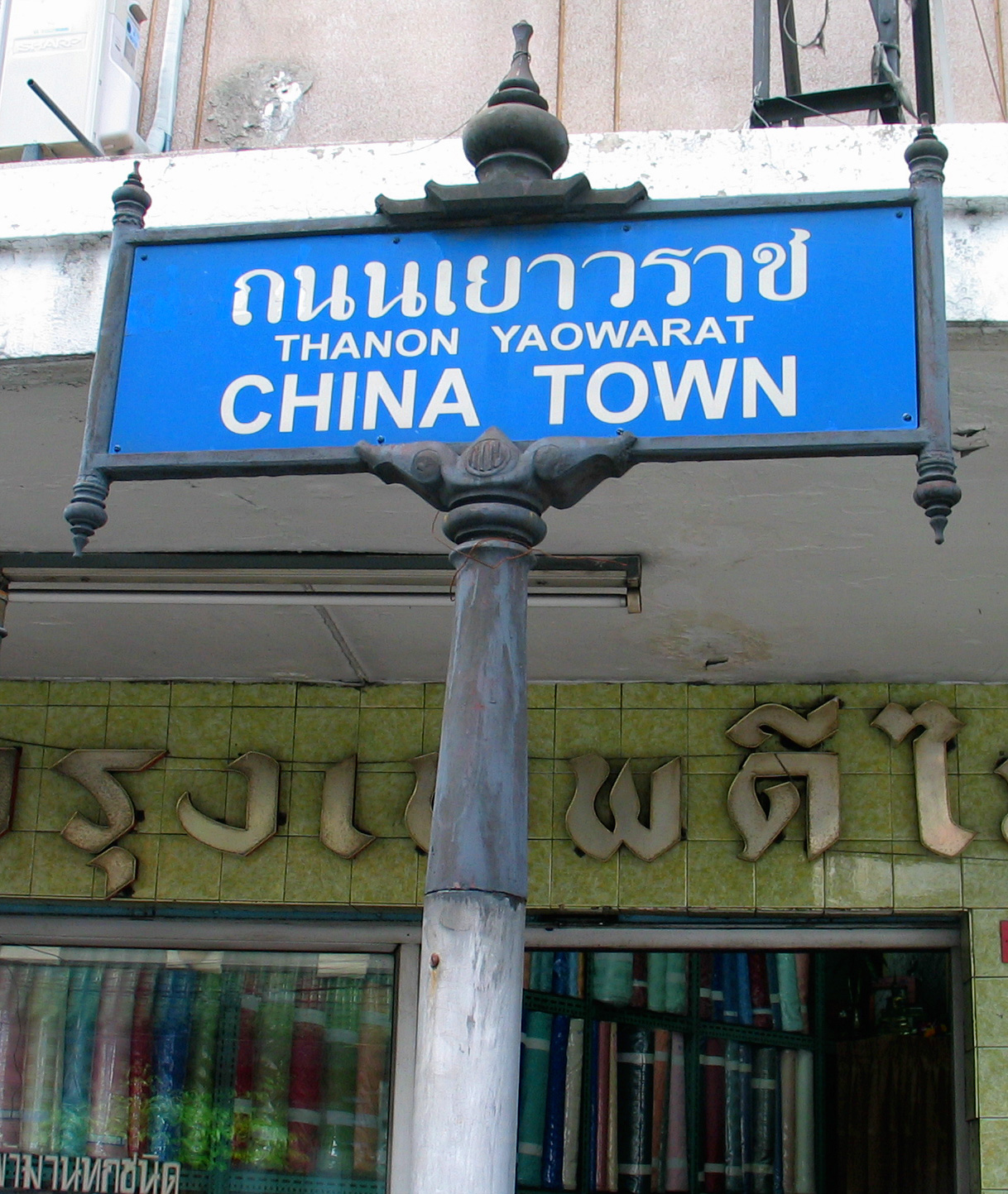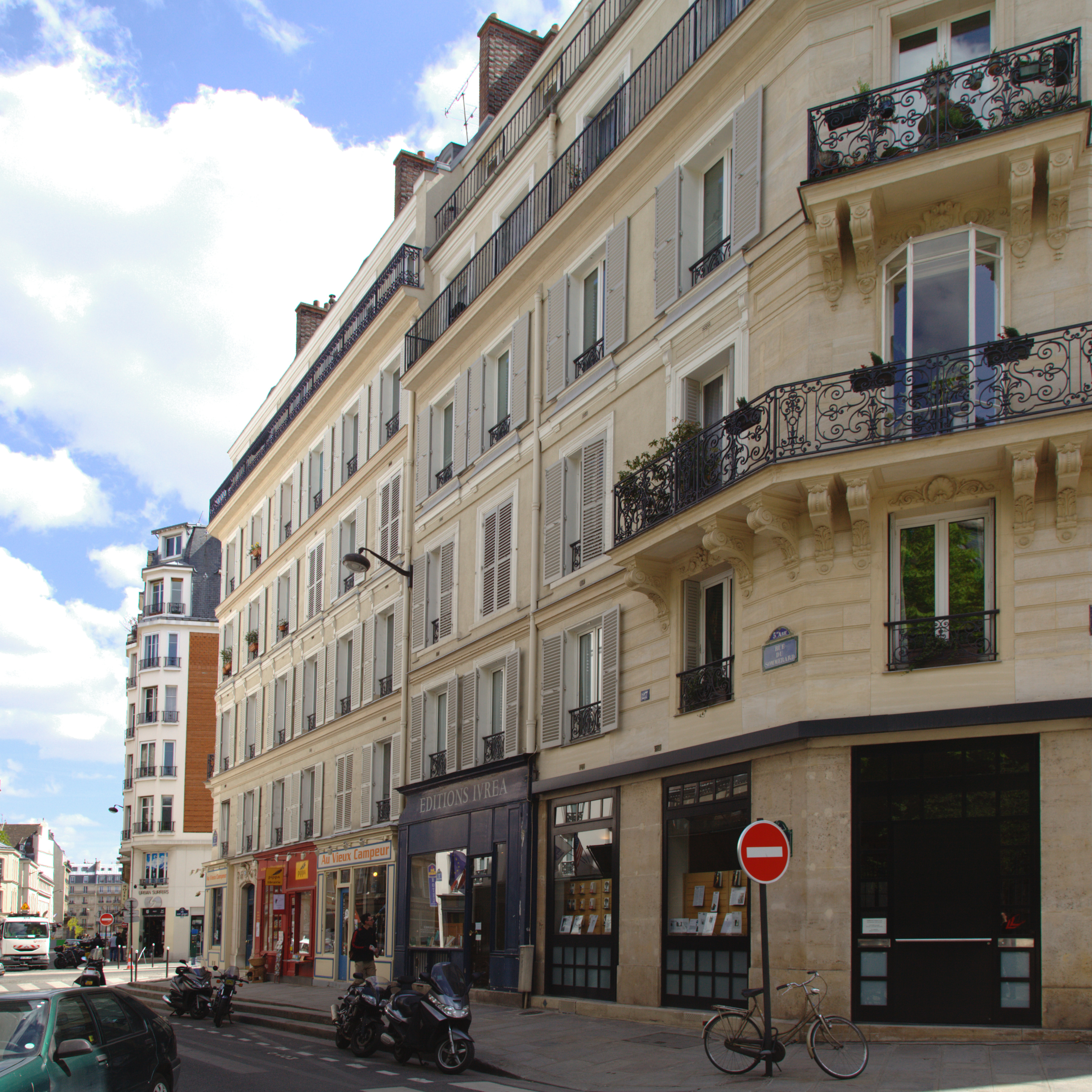|
Wat Samphanthawongsaram
Wat Samphanthawongsaram Worawiharn ( th, วัดสัมพันธวงศาราม วรวิหาร), also known in short Wat Samphanthawongsaram is a third grade royal Buddhist temple of Worawihan in Dhammayuttika Nikaya sect. It is situated in the area of Sampheng, also known as Bangkok's Chinatown. The monastery is an ancient temple, which was built in Ayutthaya period. It was formerly surrounded by natural khlong (canal) bridging to Chao Phraya River which brought its local name ''Wat Ko'' (the island temple). In the beginning of Rattanakosin in 1796, King Rama I renovated the entire temple and made it a royal temple with the name ''Wat Ko Kaew Langkaram''. Later on, in the reign of King Rama IV, the name was changed to Wat Samphanthawongsaram Worawiharn in present, to honour Prince Samphanthawong (Chui), King Rama I's nephew who was the head of major temple restoration (its name also became the name of the district later). The principal Buddha image ins ... [...More Info...] [...Related Items...] OR: [Wikipedia] [Google] [Baidu] |
Thammayut
Dhammayuttika Nikāya (Pali; th, ธรรมยุติกนิกาย; ; km, ធម្មយុត្តិកនិកាយ, ), or Dhammayut Order ( th, คณะธรรมยุต) is an order of Theravada Buddhist ''bhikkhus'' (monks) in Thailand, Cambodia, and Burma, with significant branches in the Western world. Its name is derived from Pali ''dhamma'' ("teachings of the Buddha") + ''yutti'' (in accordance with) + ''ka'' (group). The order began in Thailand as a reform movement led by a prince who would later become King Mongkut of Siam, before also spreading to Cambodia and Burma. The movement became formally recognized as its own monastic order by the Thai government in 1902, with any Thai Theravada ''bhikkhus'' not within the order being referred to as part of the Maha Nikaya order. The Dhammayuttika Nikaya plays a significant political role in Thailand. The order has historically been favored by the Thai government and monarchy, with the order holding the maj ... [...More Info...] [...Related Items...] OR: [Wikipedia] [Google] [Baidu] |
Samphanthawong
Samphanthawong ( th, สัมพันธวงศ์, ) is one of the 50 districts (khet) of Bangkok, Thailand. Regarded as Bangkok's Chinatown, it is the smallest district in area but has the highest population density of Bangkok's districts. Neighboring districts are (from north clockwise) Pom Prap Sattru Phai, Bang Rak, Khlong San (across Chao Phraya River), and Phra Nakhon. History The area has been a Chinese community since the early days of Bangkok. Originally living in what is now the Phra Nakhon district, they were relocated here when the capital was set up. The narrow Sampheng Lane (สำเพ็ง, now called Wanit I Road, วานิช 1) was the district's main street until Yaowarat Road was constructed in 1892 during the reign of King Chulalongkorn. Sampheng Lane is depicted on the back of series 15 20 baht banknotes, to commemorate an important post-World War II visit by young king Rama VIII (accompanied by HM's brother, Prince Bhumibol, with his ever-p ... [...More Info...] [...Related Items...] OR: [Wikipedia] [Google] [Baidu] |
Samphanthawong District
Samphanthawong ( th, สัมพันธวงศ์, ) is one of the 50 districts (khet) of Bangkok, Thailand. Regarded as Bangkok's Chinatown, it is the smallest district in area but has the highest population density of Bangkok's districts. Neighboring districts are (from north clockwise) Pom Prap Sattru Phai, Bang Rak, Khlong San (across Chao Phraya River), and Phra Nakhon. History The area has been a Chinese community since the early days of Bangkok. Originally living in what is now the Phra Nakhon district, they were relocated here when the capital was set up. The narrow Sampheng Lane (สำเพ็ง, now called Wanit I Road, วานิช 1) was the district's main street until Yaowarat Road was constructed in 1892 during the reign of King Chulalongkorn. Sampheng Lane is depicted on the back of series 15 20 baht banknotes, to commemorate an important post-World War II visit by young king Rama VIII (accompanied by HM's brother, Prince Bhumibol, with his ever-p ... [...More Info...] [...Related Items...] OR: [Wikipedia] [Google] [Baidu] |
Royal Plaza (Bangkok)
The Royal Plaza, or formally Dusit Palace Plaza (; ), and also known among Thais as Equestrian Statue Plaza (; ), is an important public square in the palace and government quarter of Bangkok, the capital of Thailand. It is located in front of Ananta Samakhom Throne Hall in Dusit Palace, Dusit District, Bangkok, which was the former reception hall of the palace where King Chulalongkorn (Rama V; r. 1868–1910) once lived, and was later used as the first parliament building. At the center of the plaza is the Equestrian statue of King Chulalongkorn, the "Great beloved king". The square is rectangular shaped, about 500 metres long and 150 metres wide. The Royal Plaza forms the northeastern end of Ratchadamnoen Avenue that presents a 1.5-km long vista towards it and links the plaza with the Sanam Luang and the Grand Palace in Bangkok's old town. Next to the plaza is Suan Amporn Park, the venue of the annual Red Cross Fair. On the northern corner of the square is Amphorn Sathan R ... [...More Info...] [...Related Items...] OR: [Wikipedia] [Google] [Baidu] |
Khana Ratsadon
The People's Party, known in Thai as Khana Ratsadon ( th, คณะราษฎร, ), was a Siamese group of military and civil officers, and later a political party, which staged a bloodless revolution against King Prajadhipok's government and transformed the country's absolute monarchy to constitutional monarchy on 24 June 1932. Background The Promoters In 1927, the Kingdom of Siam, the Rattanakosin Kingdom (1782–1932), was under the absolutist rule of the House of Chakri, under King Prajadhipok, Rama VII. Under his reign, the nation experienced troubles stemming from an archaic government confronted with serious economic problems and threats from abroad, the British and French Empires. The country was also experiencing a dramatic social change as the urban and middle classes of Bangkok were starting to grow, slowly demanding more rights from their government, criticizing it as ineffective. These changes were mostly led by men, civilians and military, who had gradu ... [...More Info...] [...Related Items...] OR: [Wikipedia] [Google] [Baidu] |
Wat Pathum Khongkha
Wat Pathum Khongkha Ratchaworawihan, or simple known as Wat Pathum Khongkha ( th, วัดปทุมคงคาราชวรวิหาร, วัดปทุมคงคา) is a second class royal temple in the Talat Noi area of Bangkok's Chinatown near Tri Mit Road, which leads to Odeon Circle, the beginning of Yaowarat Road. It is an ancient temple since Ayutthaya period. Until the early Rattanakosin period corresponding to the King Rama I's reign. The King's younger brother Prince Maha Sura Singhanat renovated the entire monastery as a merit making dedicated to his father Mr. Thongdee and renamed the temple to Wat Pathum Khongkha (temple of lotuses in water). Its formerly named as Wat Sampheng according to its location Sampheng, the Chinese and commercial quarters since those days. Background This temple used to be a execution ground of Prince Kraisorn, who committed a rebellion against King Rama III. He was executed by beating with sandalwood cudgel at the back ... [...More Info...] [...Related Items...] OR: [Wikipedia] [Google] [Baidu] |
Kathin
Kathina is a Buddhist festival which comes at the end of Vassa, the three-month rainy season retreat for Theravada Buddhists in Bangladesh (known as Kaṭhina Cībar Dān), Cambodia, Laos, Malaysia, Myanmar, Singapore, Sri Lanka, India, Thailand, and Vietnam.Kathina at The season during which a monastery may hold Kathina is one month long, beginning after the full moon of the eleventh month in the (usually October). It is a time of giving, for the laity to express gratitude to |
King Rama V
Chulalongkorn ( th, จุฬาลงกรณ์, 20 September 1853 – 23 October 1910) was the fifth monarch of Siam under the House of Chakri, titled Rama V. He was known to the Siamese of his time as ''Phra Phuttha Chao Luang'' (พระพุทธเจ้าหลวง, the Royal Buddha). Chulalongkorn's reign was characterised by the modernisation of Siam, governmental and social reforms, and territorial concessions to the British and French. As Siam was surrounded by European colonies, Chulalongkorn, through his policies and acts, ensured the independence of Siam. All his reforms were dedicated to ensuring Siam's independence given the increasing encroachment of Western powers, so that Chulalongkorn earned the epithet ''Phra Piya Maharat'' (พระปิยมหาราช, the Great Beloved King). Early life King Chulalongkorn was born on 20 September 1853 to King Mongkut and Queen Debsirindra and given the name Chulalongkorn. In 1861, he was designated '' ... [...More Info...] [...Related Items...] OR: [Wikipedia] [Google] [Baidu] |
Dan Beach Bradley
Dan Beach Bradley (18 July 1804 – 23 June 1873) was an American Protestant missionary to Siam from 1835 until his death. He is credited with numerous firsts, including, bringing the first Thai-script printing press to Siam, publishing the first Thai newspaper and monolingual Thai dictionary, performing the first surgery in Siam, and introducing Western medicine and technology. Early life Dan Beach Bradley was born on 18 July 1804 in Marcellus, New York. He was the son of Judge and Pastor Dan Bradley of Whitehall, New York, and Eunice Beach. Eunice died soon after giving birth to her son. As a child, Dan Beach Bradley was an astounding scholar and he loved to read. When Bradley was 20 years old, he suffered a week of deafness and it caused him to examine his spiritual life. Two years after this incident, Bradley dedicated his life to serve Jesus Christ. Bradley thought that his age was not appropriate to study for the ministry so he began studying medicine in the office of a ... [...More Info...] [...Related Items...] OR: [Wikipedia] [Google] [Baidu] |
Maravijaya Attitude
Māravijaya attitude or ''mara vichai'' ( th, ปางมารวิชัย, ; Khmer language, Khmer: ព្រះពុទ្ធផ្ចាញ់មារ, ''preah pud (buddha) p'chanh mea'') is an Iconography of Gautama Buddha in Laos and Thailand, attitude of Buddha in Thai art of which the seated Buddha is putting his hand in the relax posture towards to the ground, loosely holding his knee. The other hand is on his lap. His eyes, sometimes closed, look down to the ground. The gesture of the hand reaching the ground is called ''Mudra#Bhūmisparśa Mudrā, bhumisparshamudra'', which also refers to the attitude as well. The gesture refers to the episode which the Buddha calling the Phra Mae Thorani, earth to witness. In Cambodian art, Khmer art, this attitude of Buddha is called ''preah pud (buddha) p'chanh mea'' which means the sacred buddha defeating the enemy (māra). The attitude refers to the episode that he was reaching the Enlightenment in Buddhism, enlightenment an ... [...More Info...] [...Related Items...] OR: [Wikipedia] [Google] [Baidu] |
Ordination Hall
The ordination hall is a Buddhist building specifically consecrated and designated for the performance of the Buddhist ordination ritual ('' upasampada'') and other ritual ceremonies, such as the recitation of the Patimokkha. The ordination hall is located within a boundary () that defines "the space within which all members of a single local community have to assemble as a complete Sangha () at a place appointed for ecclesiastical acts ()." The constitution of the ''sīmā'' is regulated and defined by the Vinaya and its commentaries and sub-commentaries. Burmese ordination halls In Burmese, ordination halls are called ''thein'' (), derived from the Pali term , which means "boundary." The ''thein'' is a common feature of Burmese monasteries (''kyaung''), although the ''thein '' may be not necessarily be located on the monastery compound itself. Shan ordination halls, called ''sim'' (သိမ်ႇ)'','' are exclusively used for events limited to the monkhood. The central imp ... [...More Info...] [...Related Items...] OR: [Wikipedia] [Google] [Baidu] |






.jpg)

